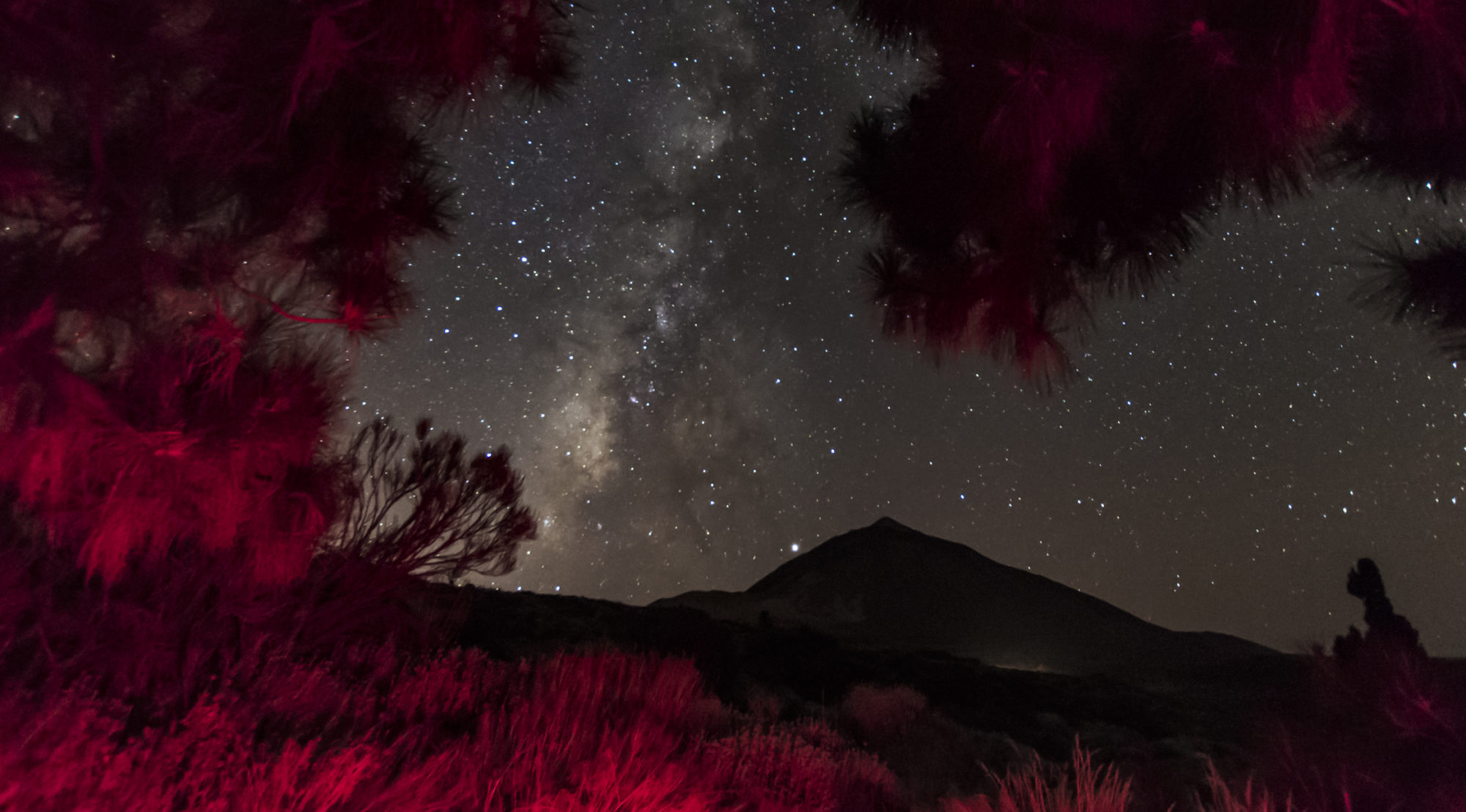What can I say? I am not a city lover. Yes, I know cities hold the entertainment and an ever-changing cultural thrive. That is why you visit them, at least I visit them. One of the major feelings when I have been in cities is a disconnection with the nature around. I do not just referring to trees and forest, ’cause there are indeed interesting cities with great parks and forests in their surrounds. I mean the whole, nature around and nature above.

Recently I visited Berlín and Stockholm. Great parks, for sure, and dark cities when you compared them with Spanish or American cities. And yet too much light pollution. Have you heard about light pollution? Well, as I see it, it is spending taxes on illuminating the sky… for nothing! And a pain for sky watchers.
Putting in simply, light pollution is the mark left by an inefficient public light system illuminating cities. The sky is too bright and we completely lost the appreciation of a real dark night. Today there is technology for improving light systems, but it is expensive when you think about a whole country.
Clever people have done the numbers: about 80% of stars visible by sight are not visible from today’s cities. The results comes from the light pollution map made space satellites (Light Pollution Map). Last data results: 2015. Bellow, from left to right, I present you sections of that map centered on the three most important astrophysical observatories of the word: Atacama Desert (Chile), Big Island (Hawai’i) and La Palma (Canary Islands).



Even for the best and darkest skies of the world, there is work to do on fighting light pollution. Indeed, recently this year, the street lights of my town have been properly renovated. Additionally, there are interesting initiative such as Stars For All and Starlight Foundation that remind us the importance of preserving clear, dark skies. Hope to see an improvement on next update!
Finally, what defines a good observatory is not just light pollution. However, that’s for another entry.
